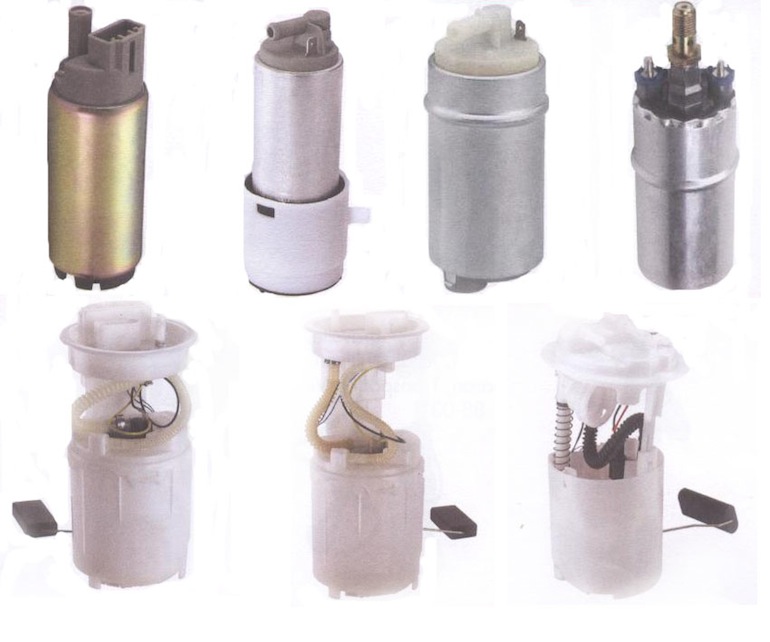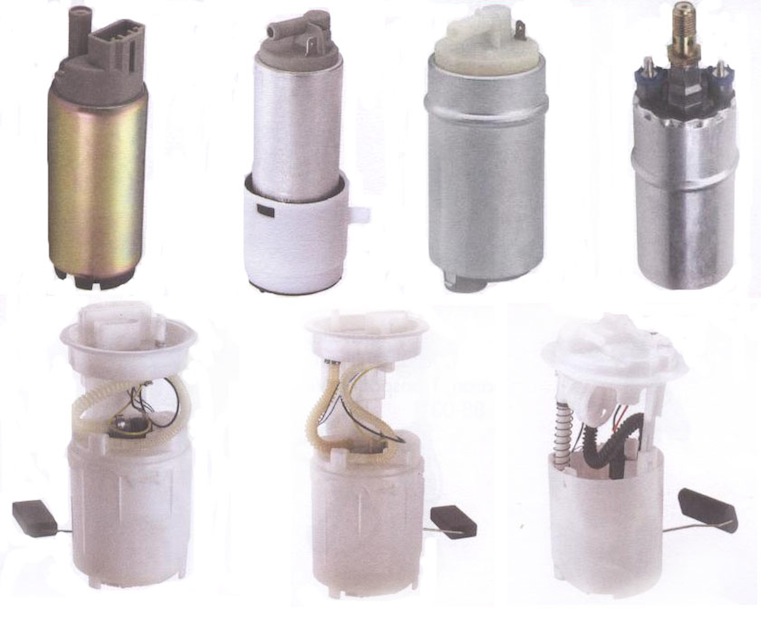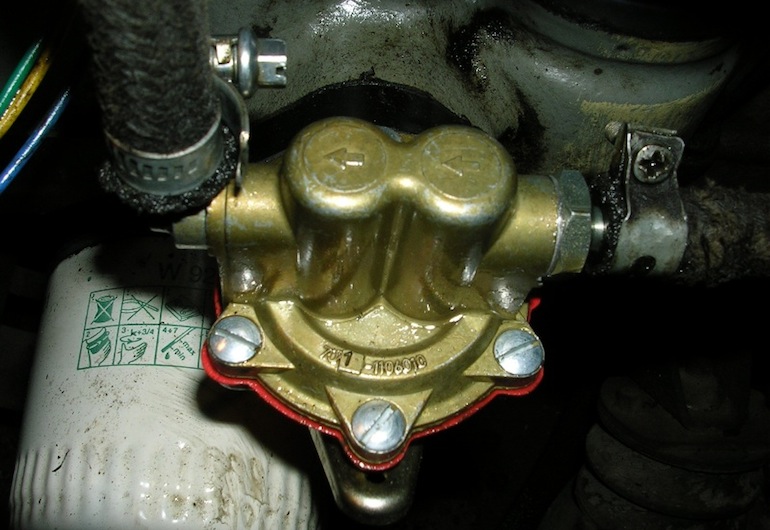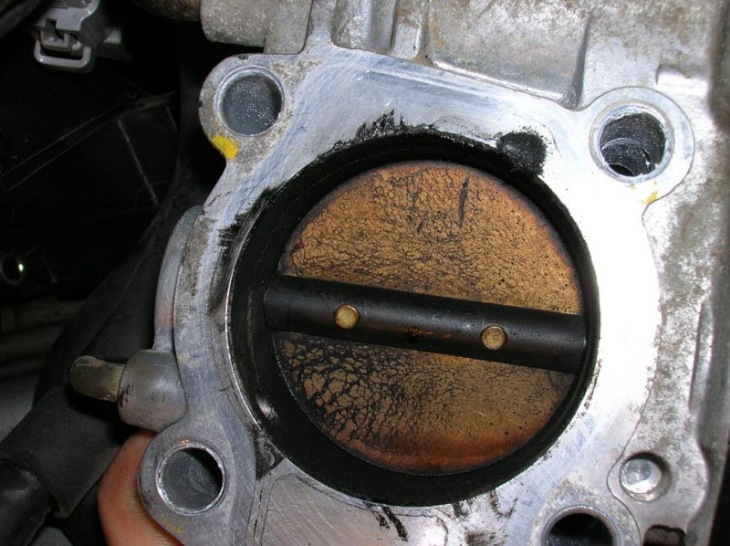
How to check the fuel pump? – self-diagnosis
The gasoline pump of a car can be called without exaggeration one of the most important components, since it ensures a uniform supply of fuel to the engine. Agree that without such an important detail, driving a car would be problematic.
Previously, instead of a gasoline pump, simple hoses were used, which acted according to the well-known law of communicating vessels of Archimedes, and this made serious adjustments both to the design of the car and to the quality of the ride - the pressure in the system could not be regulated.

There are currently two types of fuel pumps in use:
- mechanical;
- electric.
The first type is used in carburetor engines and its main task is to maintain a constant pressure in the fuel system. Electric ones are more advanced, they are installed on cars with an injector, the pressure and volume of fuel entering the engine are regulated using electronic sensors.
As experienced motorists say, the fuel pump can operate in two modes:
- works;
- does not work.
This is, of course, a joke. It would be possible to add an intermediate stage - “works, but badly”. What is it expressed in?
Symptoms of a fuel pump breakdown
It is easy to guess that if the gas pump starts to work intermittently, then the problems will be very serious - the fuel will not be supplied to the system correctly. As a result, while driving we can expect the following surprises:
- problems with the start - when you press the gas, dips are felt, the traction disappears, then it suddenly appears, the car “undermines”;
- the car starts from the second or third time, although the starter is working normally;
- at high speeds, the car twitches - the uneven supply of gasoline affects;
- loss of traction;
- the engine stalls when you press the gas - this is the last stage when the fuel pump really does not work.
What causes all these problems? The pump is out of order, or the fuel filter is clogged.

The fuel filter is a separate issue, in almost all systems it stands behind the gasoline pump, respectively, untreated gasoline passes through the pump, which may contain a large number of small mechanical particles.
And although such problems are not terrible for the fuel pump, but over time they still appear - the pressure of the fuel drops, the pump works with noise.
This is especially pronounced during engine start - the starter takes over the lion's share of the battery power, the voltage in the network drops, the worn pump is unable to provide sufficient fuel flow. As a result, the motor stalls.
Checking the fuel pump - diagnosing problems
You can check the fuel pump in different ways: external inspection, measuring the pressure in the fuel system, using a tester or a light bulb - the choice depends on the type of pump.
External inspection can only be used for carburetor machines, since they have a gasoline pump mounted outside the tank. It must also be said that in such cars there may be two pumps for operating in different modes. They can be located both under the hood and directly in the gas tank area.
If during a visual inspection you find that there is a fuel leak, you can smell gasoline, then this may indicate wear on the gaskets. In this case, you will need a repair kit, as well as a set of tools for dismantling the pump and disassembling it. The following items may be replaced:
- kapron mesh filter;
- suction and discharge valves - they are checked by supplying air to the pump discharge fitting, serviceable valves should not let air through;
- the diaphragm assembly and the spring that compresses them - the diaphragms must be undamaged, the spring must be elastic;
- pusher - it should not be damaged and hardened.
The pressure is checked using a pressure gauge, which is connected to the fuel rail, and the pressure gauge dial is brought out to the windshield.
With the engine running at idle, the pressure gauge readings are checked - they must correspond to the data from the instructions - 300-380 kPa. This value should remain stable while driving. Try to accelerate to third speed and see if the pressure gauge readings have changed - if they fall, then the pump does not maintain the desired pressure level.

In addition, the pressure in the system may also drop due to fuel leaks from the fuel hoses. A visual inspection for leaks will be required. Such problems are corrected by replacing hoses, filters, and so on.
The problem may also be that the pump relay is malfunctioning. You can check it by connecting to the light bulb connectors or with a screwdriver with an indicator. When the ignition is on, the indicator lights up - it means that the problem is not in the fuel pump.
You can carry out such checks on your own, however, in specialized services, mechanics will be able to diagnose any breakdown without any problems, because traction can drop and the engine stalls not only because of problems with the fuel pump.
In this video, you will learn why the pump does not pump, as well as how to troubleshoot problems associated with it using specific examples.
This video is exactly checking and testing the fuel pump.
Loading…

